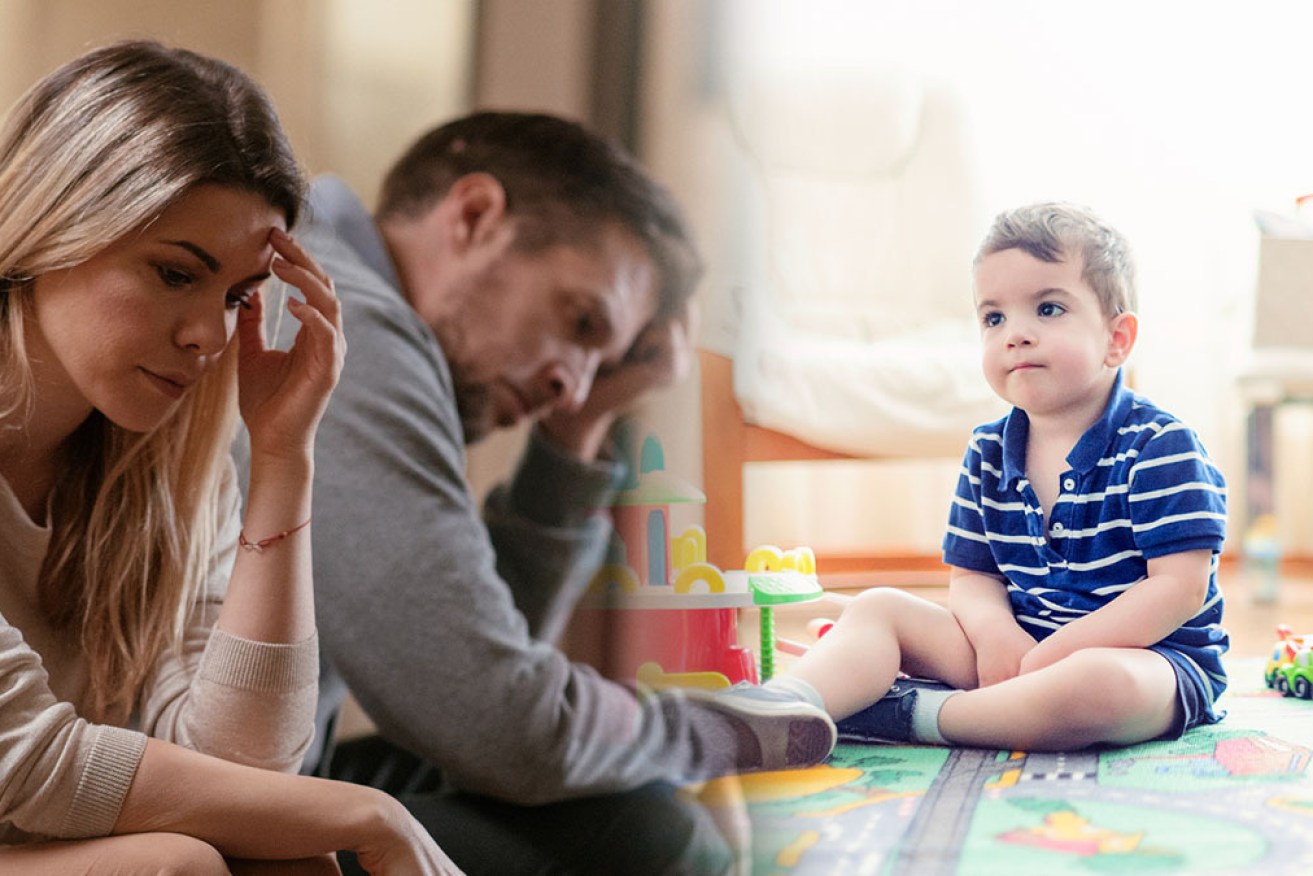‘Just not sustainable’: Families brace for financial hit as free child care ends


Ending free childcare will force many women to work fewer shifts. Photo: TND
Australian families will resume paying for child care on Monday, leaving many wondering how they’ll make ends meet.
Recent surveys suggest roughly one-third of families will either reduce the number of days their children attend services or pull them out altogether on Monday.
That will force thousands of parents (mostly mums) to stay at home and work fewer shifts, delivering another major blow to incomes that have already taken a battering during the pandemic.
Aoife O’Connell, 36, knows plenty of parents who will keep their children at home from Monday.
Ms O’Connell, who runs a tech company called Yarnly AI, said she can afford to keep sending her three-year-old daughter to child care three days a week, when fees are reintroduced.
But she said parents have to pay “an extraordinary amount of money” and many of her friends would either reduce the number of days they send their kids, or keep them at home full-time.
It’s just not sustainable,” she said.
“One of my girlfriends said [when the government temporarily introduced free child care] it was the first time they could breathe, in terms of having enough savings in their account so they weren’t on the breadline.”
And it’s not just families in Ms O’Connell’s network of friends in the Northern Beaches in Sydney.
“Without access to affordable care, many parents will be forced to give up or turn down work – a sacrifice that is most often taken by women,” said Amanda Rishworth, shadow minister for early childhood education and development.
In the midst of a recession, the last thing our economy needs is working parents being unable to take up work because they cannot find child care.”
Buoyed by early success on the health front, the federal government announced Monday’s changes on June 8, after demand for child care had recovered to 74 per cent of pre-crisis levels.
Education Minister Dan Tehan said the temporary relief package introduced on April 6 had done its job and the sector could revert back to the previous childcare subsidy – with the aid of $708 million of new transition measures.
But Centre for Future Work senior economist Alison Pennington said the fact demand had only recovered to 74 per cent of pre-crisis levels when child care was free and the virus was under control suggests thousands of kids will be pulled out of care when fees are reintroduced on Monday.
And that will have widespread consequences.
Among other things, it will drain spending power from the economy and push early education beyond the reach of many disadvantaged children.
Given the government plans to turn off JobKeeper payments for childcare providers on July 20, the expected drop in demand could also force some centres to permanently close their doors.
“Providers will collapse, as they’ve got no kids coming through the door and no one paying fees,” Ms Pennington told The New Daily.
Women would bear the brunt of that hit, too, as childcare centres disproportionately hire women.
Ms Pennington said governments should continue to provide a floor for households and providers, as relying on market mechanisms during a time of such upheaval was “fraught” and unreliable.
What we do know is that there are hundreds of thousands of kids who need to get into child care, in a safe and secure way. It’s an essential good,” Ms Pennington added.
The Parenthood campaign director Georgie Dent said childcare costs were already exorbitant before the onset of COVID-19.
An average-earning couple with two young children in Australia spent on average 18 per cent of their income on full-time child care in 2019, according to the OECD.
Ms Dent said asking families to resume paying such high fees when more than 1.5 million Australians are unemployed was unreasonable.
“And, as we all know, it happened very unexpectedly, so a lot of families weren’t in a position where they could prepare for this,” Ms Dent said.
Tweet from @AmandaRishworth
A spokesperson from the federal Department of Education, Skills and Employment said the Child Care Subsidy (CCS) being reintroduced on Monday is “means-tested to ensure those who earn the least receive the highest level of subsidy”.
“Under the CCS, out-of-pocket costs were less than $5 per hour per child for the parents of 72.4 per cent of children in centre-based day care in the September quarter last year,” they said.
“Out-of-pocket costs were less than $2 per hour per child for the parents of nearly 24.4 per cent of children in centre-based day care.”
The government has also eased the activity test until October 4 and introduced a temporary Additional Child Care Subsidy for eligible families and casual workers suffering financial hardship.
But Ms Dent said such measures had been difficult to access in the past, partly due to Services Australia’s limited capacity.
“If the government is planning on ensuring that that is made readily available and that it’s easy for parents to apply for, that will be a terrific step,” Ms Dent said.
“Whether or not that happens is something we’ll be watching closely.”









